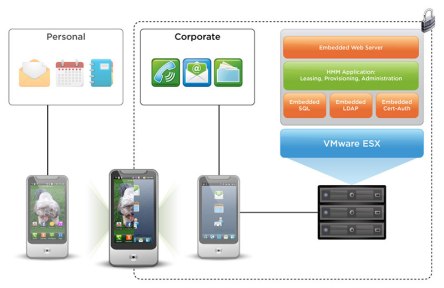Gallup reported that the percentage of employed adults working from home because of the coronavirus went from 31% in mid-March to 49% a few days later, peaking at 62% in mid-April. That’s a lot of people suddenly forced to accept drastic new circumstances. How is working from home, which the COVID-19 pandemic made a necessity in many sectors, affecting business productivity? Problems made worse? Some workers weren’t fully enthusiastic about the work-from-home concept even before the pandemic. About 29% of respondents to a poll of full-time U.S. employees taken in 2019 by outsourcing marketplace platform Airtasker said they experienced difficulty maintaining a healthy work-life balance; 23% of office workers reported the same problem. Remote workers also reported higher levels of stress, anxiety and procrastination. (Telecommuting respondents did appreciate eliminating their commutes and reported putting in longer workdays than their office-based counterparts.) The initial stages of the pandemic amplified those issues. “The scale and scope of what we’re seeing, with organizations of 5,000 or 10,000 employees asking people to work from home very quickly, is unprecedented. So, no, organizations are not set up for this,” Tsedal Neeley, a professor at Harvard Business School, said in March, citing concerns about ensuring employee access to hardware, software and other resources. Neeley also addressed the social aspects of work: “People lose the unplanned watercooler or cappuccino conversations with colleagues in remote work. These are actually big and important parts of the workday that have a direct impact on performance.” She wasn’t the only one bemoaning the loss of in-person collaboration. “I fear this collapse in office face time will lead to a slump in innovation,” says Nicholas Bloom, a senior fellow at the Stanford Institute for Economic Policy and Research. “The new ideas we are losing today could show...
Smart Phone Virtualization...
Solving BYOD security concerns
“Virtualization” is one of the hottest buzzwords in the IT world today. Virtualizing servers has become a common practice in most large IT shops. We have recently seen the introduction of virtualization with graphics processing cards (GPUs) And of special interest to executives and IT professionals exploring Bring Your Own Device (BYOD) for their business, smart phone virtualization may present a solution to security and privacy concerns. Even without the intentional practice of BYOD, the flood of personal smart phones and tablets entering the workplace raises many questions about security. Today’s workers demand the flexibility to work not just from employer-provided desktops or laptops, but from personal smart phones and tablets. As these devices encourage out-of-office connectivity, productivity and responsiveness, most companies are loath to discourage such behavior. But when personal devices are used to access corporate email, applications and data, both the personal privacy demands of the user and the enterprise’s security and control requirements are simultaneously in need of control points and protection measures. The same goes for company provided consumer devices, which end up being used not only for business, but the inevitable access of personal email, data and media. So how to build a wall between the personal and corporate worlds, even when using just one device? Virtualization may hold the key. One of the industry leaders in virtualization, VMWare, has recently unveiled their “MVP” (Mobile Virtualization Platform) that will allow a company to introduce iOS and Android devices securely into the enterprise. The access is controlled via a separate workspace on the mobile device that is entirely controlled by the company. Essentially, personal and business applications and usage are separated. The user of a mobile device MVP-enabled now has 2 personas: Personal and business. The user can toggle between...


